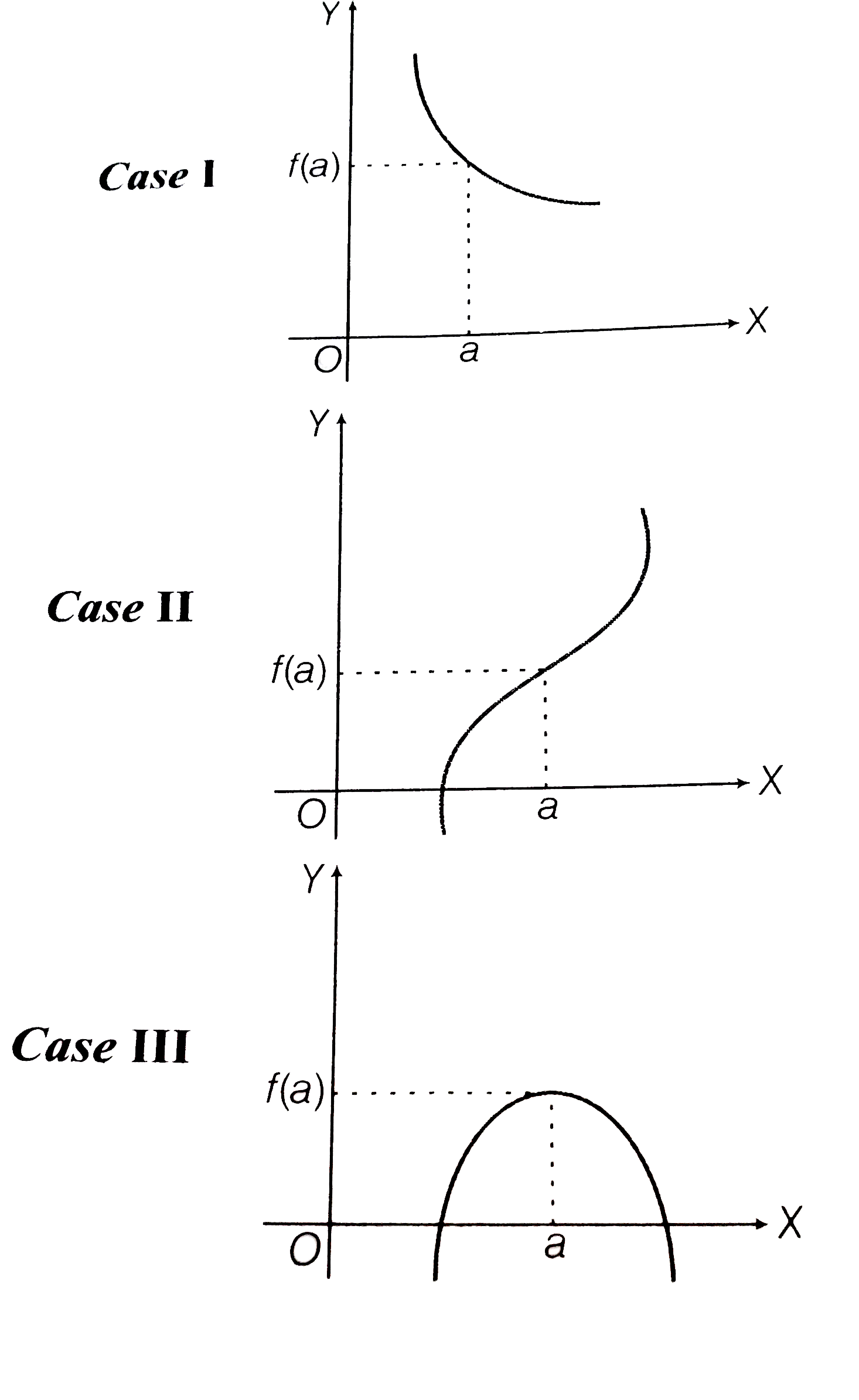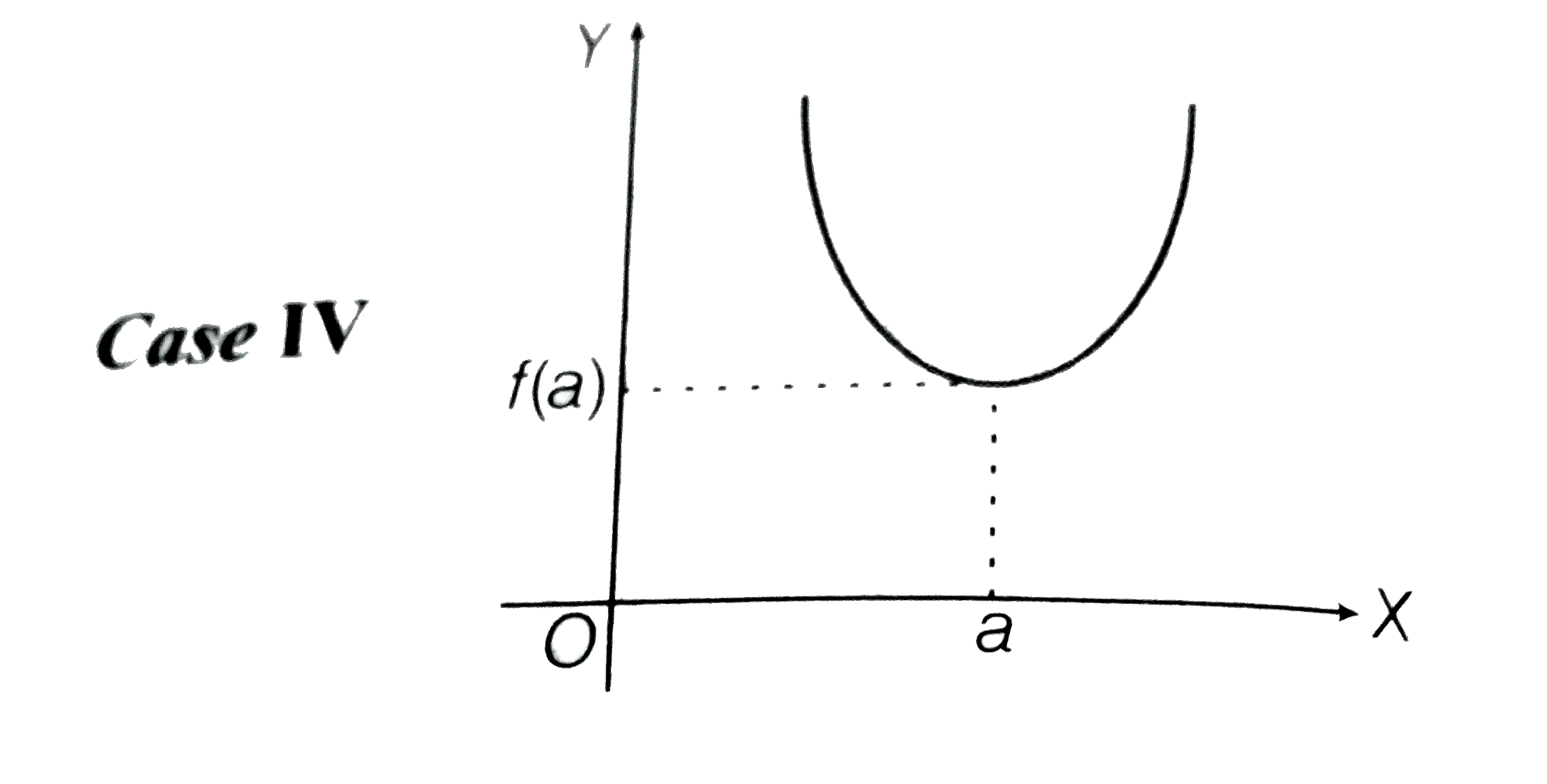limx→π2[x2]loge(sinx)([.] denotes greatest integer function)Solution in Punjabi
0
1
-1
Doesn't exist
The correct Answer is:A, B, D
Step by step video & image solution for underset(xto(pi)/(2))(lim)([(x)/(2)])/(log_(e)(sinx))([.] denotes greatest integer function) by Maths experts to help you in doubts & scoring excellent marks in Class 12 exams.
Updated on:21/07/2023Topper's Solved these Questions
- LIMITSBOOK - ARIHANT MATHSCHAPTER - LIMITSEXERCISE - Exercise (More Than One Correct Option Type Questions)
15 Videos
- LIMITSBOOK - ARIHANT MATHSCHAPTER - LIMITSEXERCISE - Exercise (Passage Based Questions)
10 Videos
- LIMITSBOOK - ARIHANT MATHSCHAPTER - LIMITSEXERCISE - SOLVED EXAMPLES
1 Videos
- INVERSE TRIGONOMETRIC FUNCTIONSBOOK - ARIHANT MATHSCHAPTER - INVERSE TRIGONOMETRIC FUNCTIONSEXERCISE - Exercise (Questions Asked In Previous 13 Years Exam)
8 Videos
- LOGARITHM AND THEIR PROPERTIESBOOK - ARIHANT MATHSCHAPTER - LOGARITHM AND THEIR PROPERTIESEXERCISE - Exercise (Questions Asked In Previous 13 Years Exam)
4 Videos
Similar Questions
If limx→∞4x(π4−tan−1(x+1x+2))=y2+4y+5 then y can be equal to
View SolutionIf limx→af(x)=1 and limx→ag(x)=∞ then limx→a{f(x)}g(x)=elimx→a(f(x)−1)g(x)
limx→0(sinxx)sinxx−sinx is equal to
View SolutionTo evaluate limx→a[f(x)], we must analyse the f(x) in right hand neighbourhood as well as in left hand neighbourhood of x=a. E.g. In case of continuous function, we may come across followign cases.


Iff(a) is an integer, the limit will exist in Case III and Case IV but not in Case I and Case II. If f(a) is not an integer, the limit exists in all the cases. ltbgt If f'(1)=−3 and limx→1[f(x)−12] does not exist, (where [.] denotes the greatest integer function), then
View SolutionIf α=3sin−1(611andβ=3cos−1(49), where the inverse trigonometric functions take only the principal values, then the correct options (s) is (are)
View SolutionIn Which quadrant Point (−2,−3) will be lie.
View SolutionIf [log_(2)((x)/([x]))]>=0, where [.] denote the greatest integer function,then
View SolutionThe value of ∫π2e[logπx]dx is (where [.] denotes the greatest integer function),
View Solutionlimx→π2[x2]loge(sinx)([.] denotes greatest integer function)
View SolutionIf f(x)=2x(sinx+tanx)2[x+2ππ]−3 then it is (where [.] denotes the greatest integer function)
View SolutionFind the domain and range of the following function:
f(x)=log[x−1]sinx, where [ ] denotes greatest integer function.
View Solutionlimx→π/2[x2]loge(sinx) (where [.] denotes the greatest integer function)
View Solutionlimx−π2[[sinx]−[cosx]+13]= (where [.] denotes the greatest integer integer function)
View SolutionThe value of ∫π2e[logπx]d(logex) (where [.] denotes greatest integer function) is
View Solutionlimx→0[(1−ex)sinx|x|] is equal to
( where [∗]denotes greatest integer function )
View SolutionEvaluate limx→π/2sinx−(sinx)sinx1−sinx+logesinx.
View Solutionlimx−π2[[sinx]−[cosx]+13]= (where [.] denotes the greatest integer integer function)
View Solution
